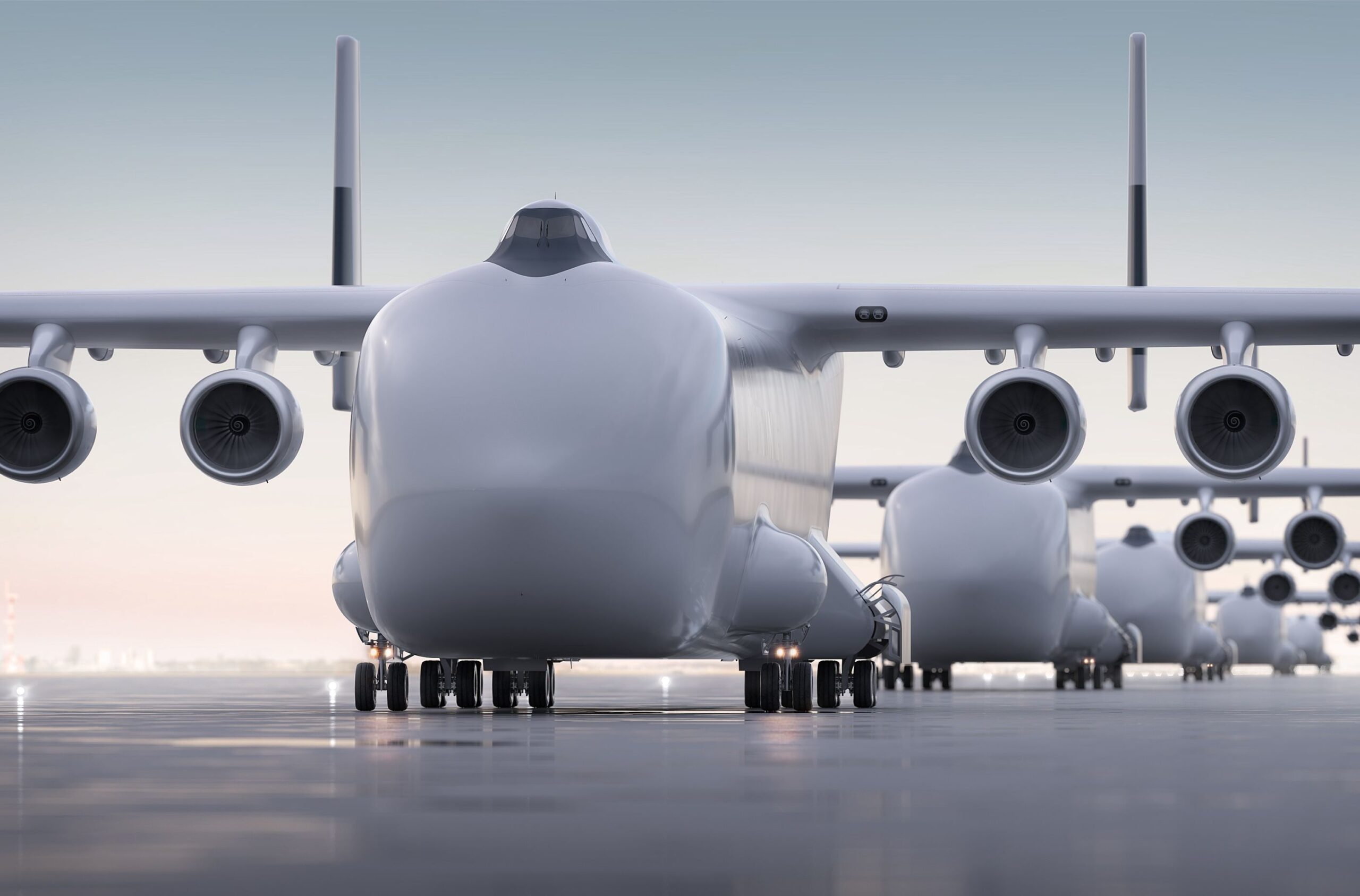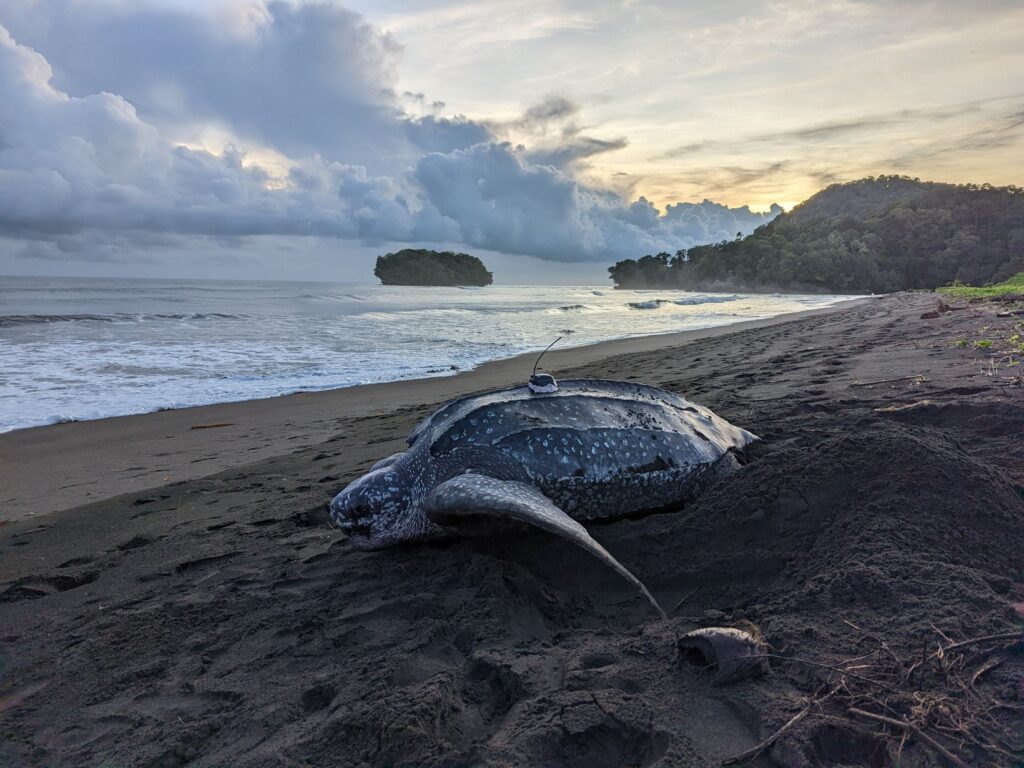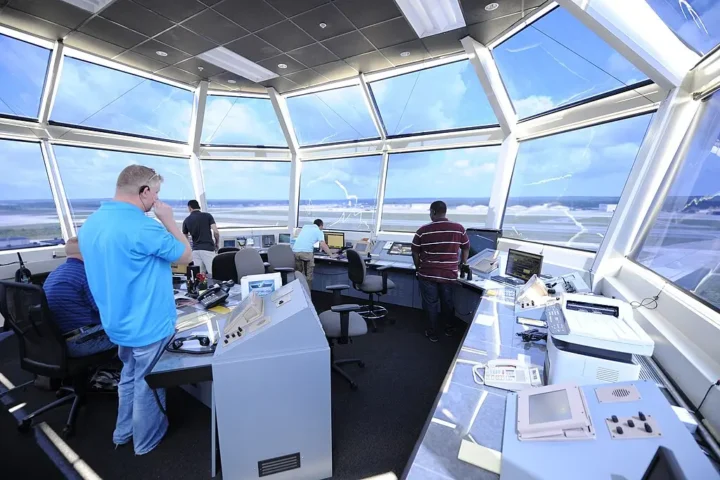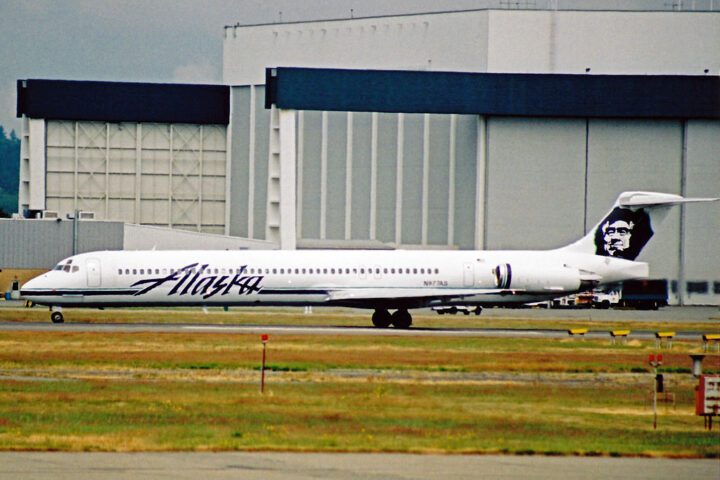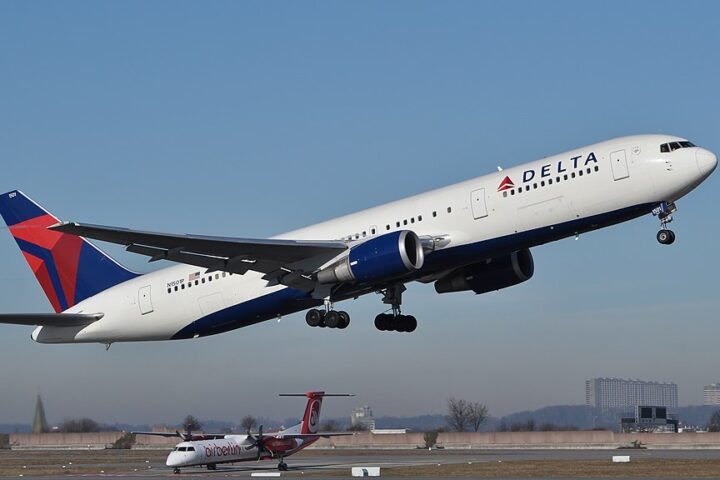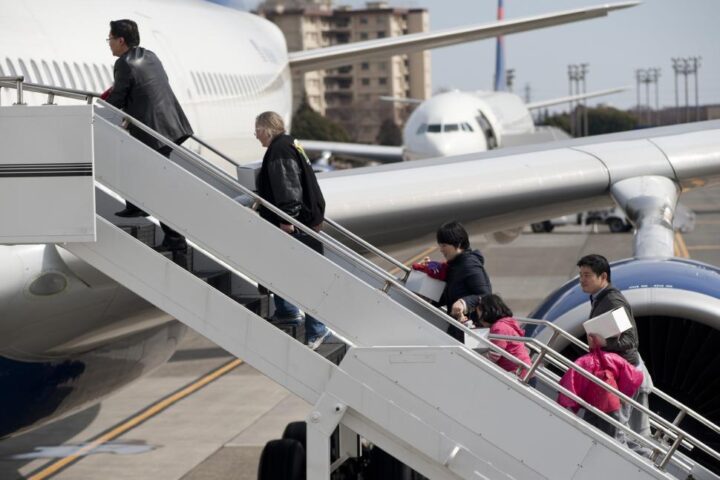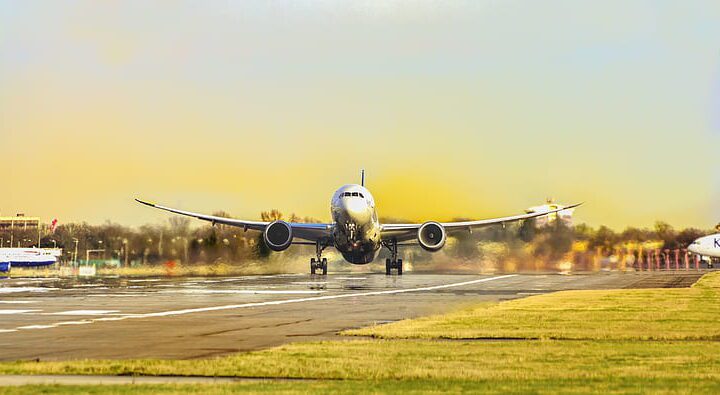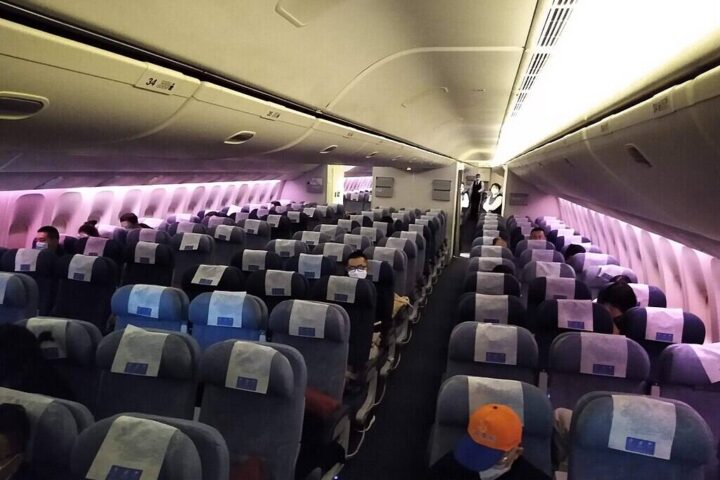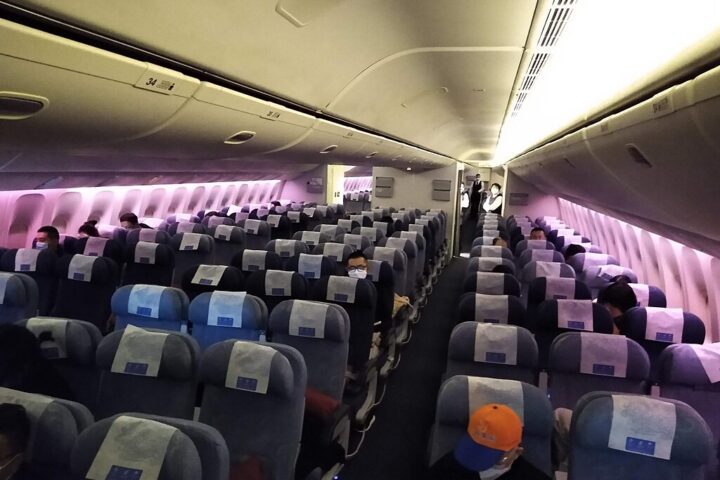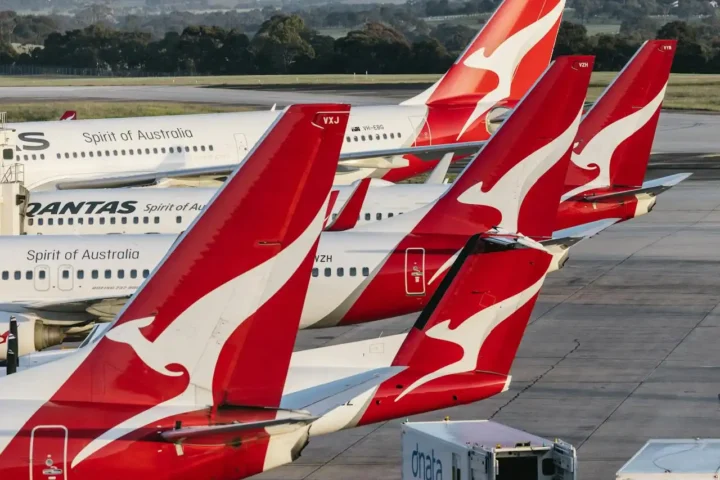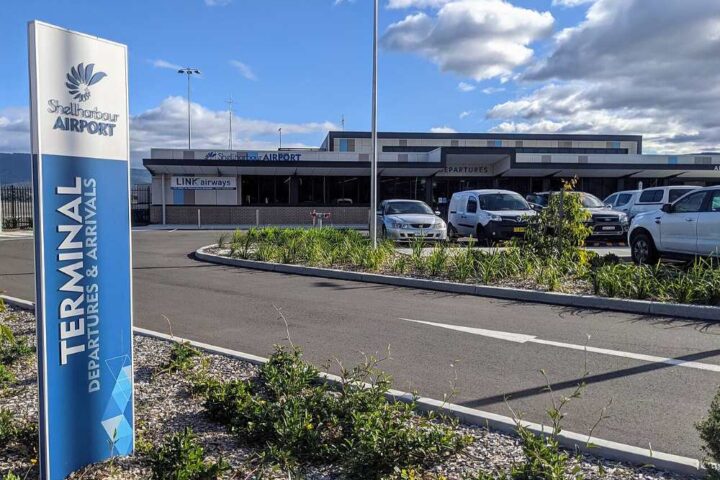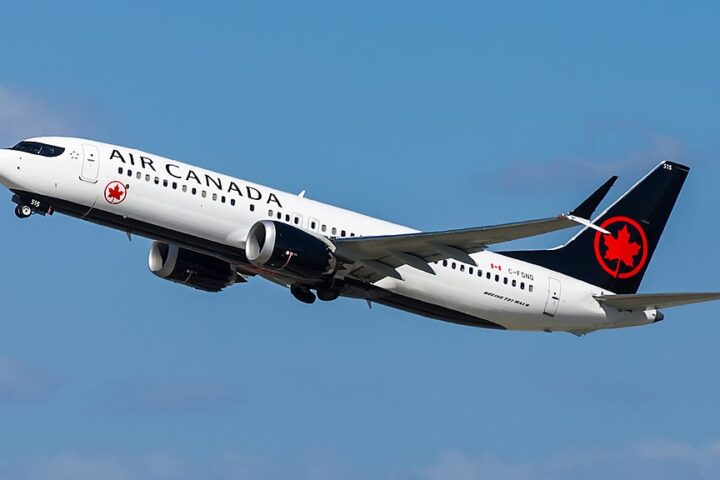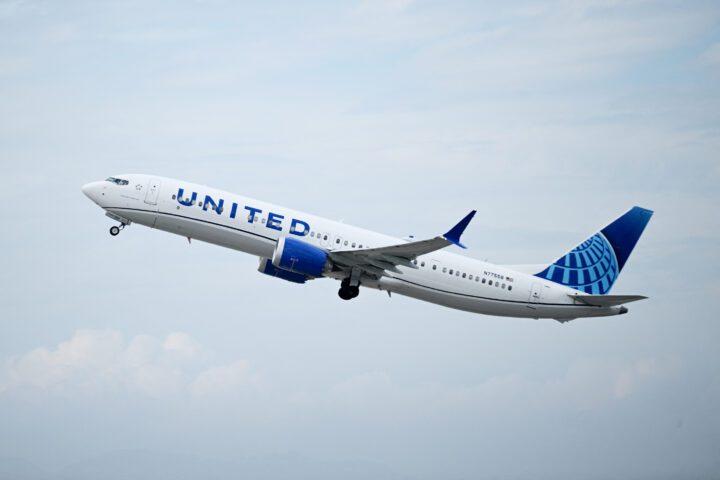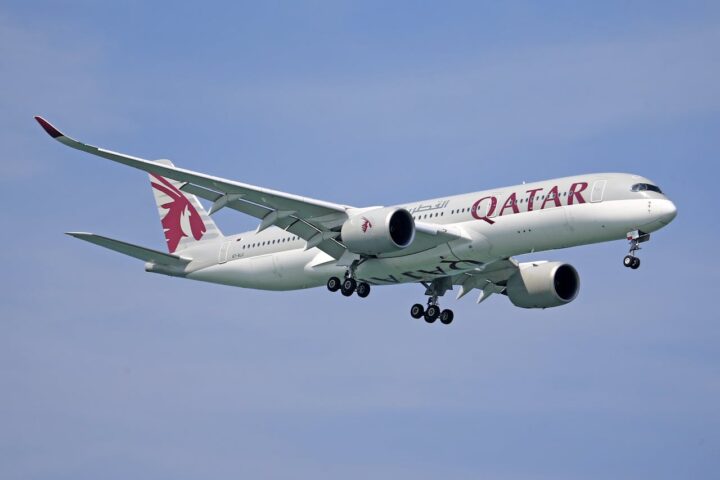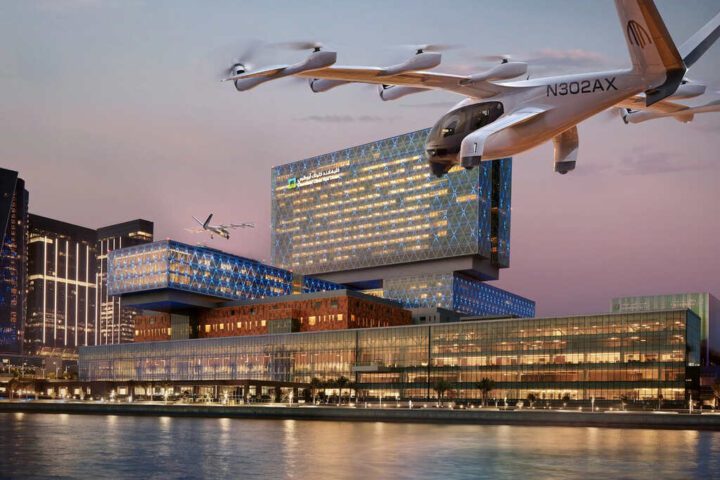A new energy company called Radia aims to revolutionize energy production with the world’s largest transport aircraft. This colossal plane, named the WindRunner, is designed to address the problem of transporting the largest and most powerful wind turbine blades in the world to inland locations like the vast deserts of the American Midwest, where they are easier and cheaper to build and maintain than at sea.
The WindRunner stretches 108 meters in length, surpassing the dimensions of any aircraft built to date, including the legendary Antonov An-225 Mriya. Its tires are as large as a typical adult man, and according to the company, it will be capable of landing on a 1,828-meter dirt runway, enabling it to deploy large-scale wind turbines in remote areas where there is no airport infrastructure. Unlike the Antonovs, which were developed for any type of heavy cargo, the WindRunner focuses exclusively on turbine blades.
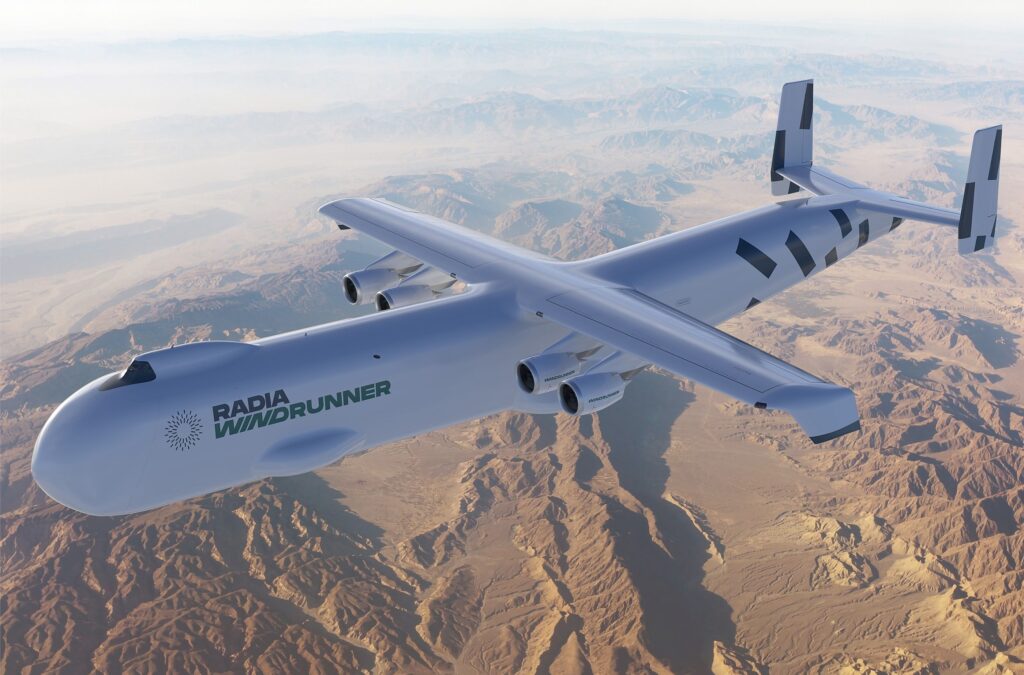
Radia’s WindRunner Set to Transform Onshore Wind Energy with 108-Meter Aircraft and $10 Trillion Market Potential by 2050 Photo Credits: Radia
Radia CEO Mark Lundstrom stated,“Radia will create a step-function improvement for onshore wind in profitability, lower cost, and higher consistency. This will result in more wind projects, more green fuel projects, lower energy price, more profits, and more money being invested in the energy transition.”
Radia currently has $104 million to develop the project, according to the Wall Street Journal, and is valued at $1 billion. In addition to Lundstrom, the project includes industry veterans from Boeing, the Federal Aviation Administration, and the renewable energy and public utility sectors. The founder and CEO is Mark Lundstrum, a multi-sector entrepreneur and aerospace engineer from MIT who founded Radia in 2016. The company claims its advisory team includes former senior executives from Boeing, MIT, Rolls-Royce, and the FAA, as well as former US Secretary of Energy Ernest Moniz and former Australian Prime Minister Malcolm Turnbull.
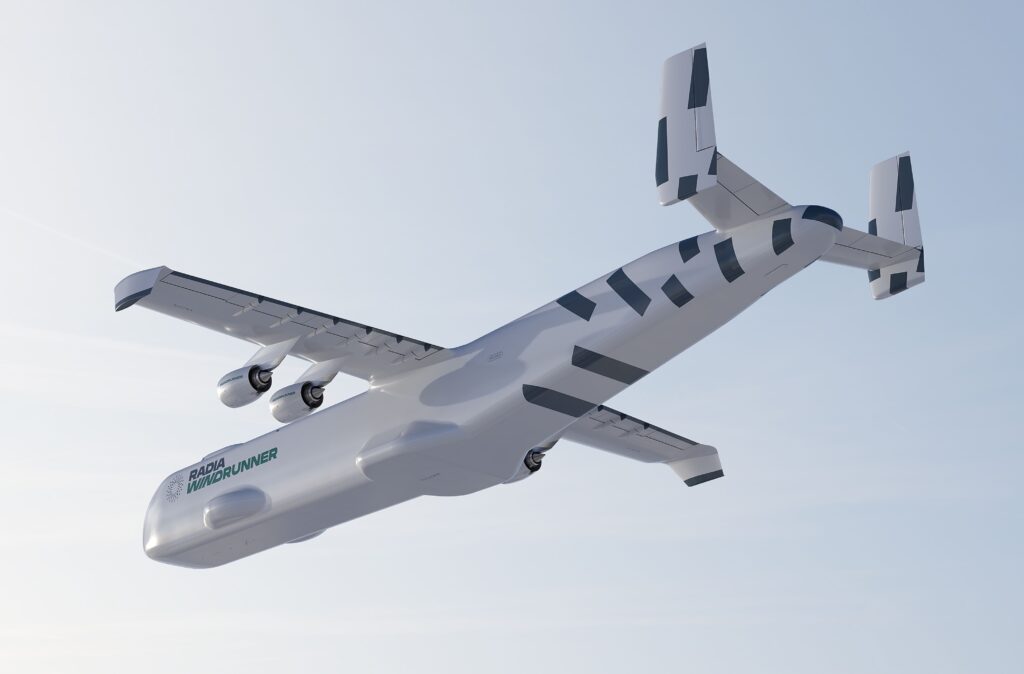
Radia’s WindRunner Set to Transform Onshore Wind Energy with 108-Meter Aircraft and $10 Trillion Market Potential by 2050 Photo Credits: Radia
“Offshore turbines are more than two times as powerful as onshore turbines because they are bigger,” Lundstrom said. “If we could move these large turbines onshore, they would be twice as profitable and open up three times more land for economically viable wind farms. Why not put them onshore? Because literal roadblocks stand in the way,” he added.

Radia’s WindRunner Set to Transform Onshore Wind Energy with 108-Meter Aircraft and $10 Trillion Market Potential by 2050 Photo Credits: Radia
The WindRunner will have a cargo volume of 7,700 cubic meters, enough to hold three Olympic swimming pools. It is 12 times the volume of a Boeing 747-400 and, at 108 meters in length, is also 38 meters longer. As for the wingspan, it is 80 meters: imagine four bowling lanes placed side by side. Radia states that WindRunner “will be able to fly large turbine blades and other components directly to wind farm sites. In addition, Radia will lead onshore wind energy expansion in partnership with industry leaders, and work with development partners to create new onshore wind farms.”
Similar Posts
Radia is confident in Bloomberg NEF’s estimate that up to $10 trillion will be spent on onshore wind energy by 2050. The development of the WindRunner will enable the production of GigaWind, the XXL turbines from Radia’s partners, including five of the top six turbine manufacturers in the world. Currently, turbine blades are typically 70 meters or less, but Radia wants to deploy blades up to 104 meters. The company says GigaWind turbines could be two to three times more powerful and two to three times more cost-effective than current ones.
Radia stated, “The result will be widespread availability of consistent, low-cost clean energy for the grid, green fuel production and commercial power users such as data centers.” It will help meet carbon-free electricity demand, grow the wind energy market, “create compelling business opportunities in renewables and help the world meet its decarbonization goals.”
